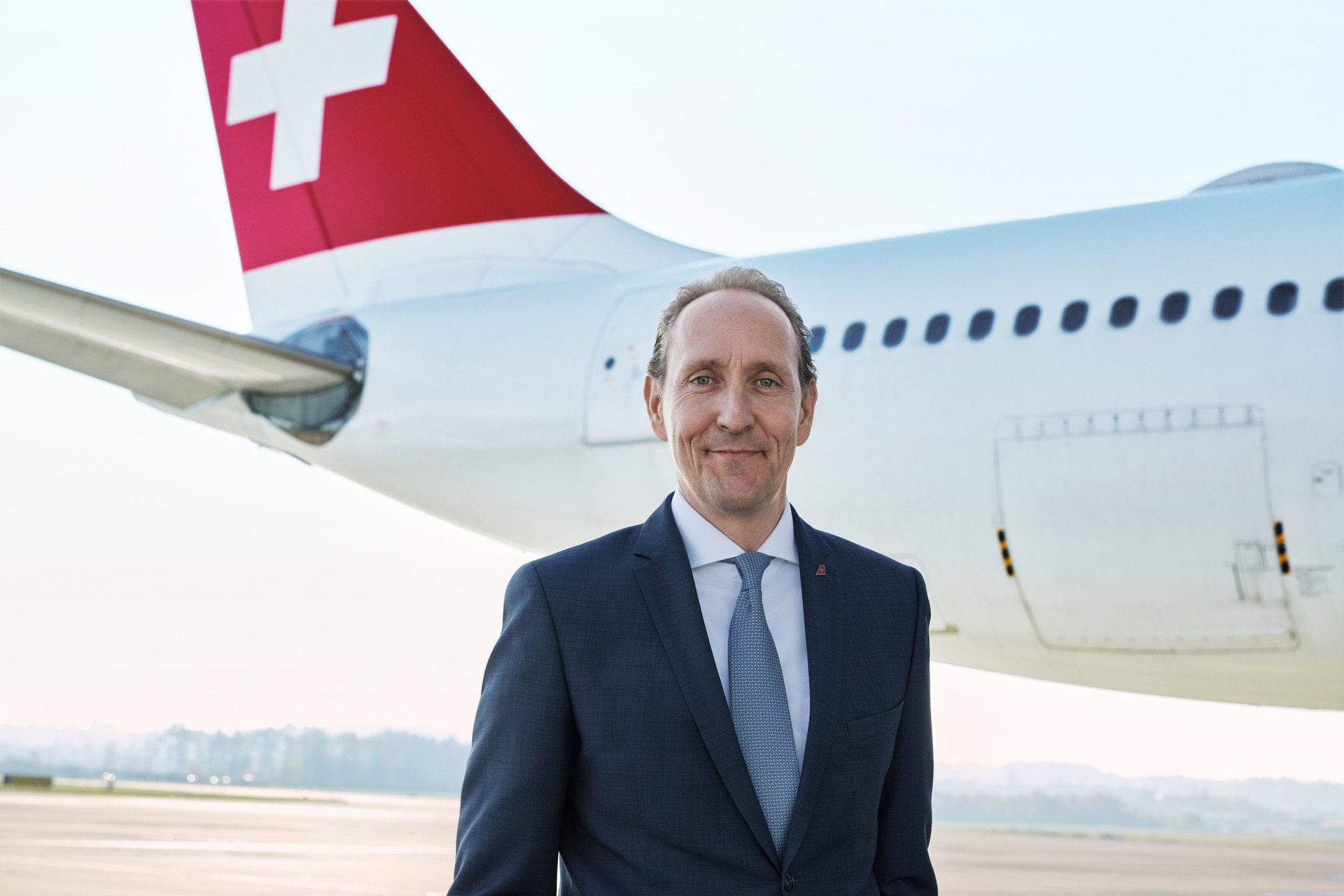Lufthansa subsidiary Swiss International Air Lines (SWISS) is considering whether it should acquire more Airbus A350 beyond the five A350-900s it ordered in December 2022.
“It is clear, we want simplicity and efficiency in the fleet. And we want more A350s When we deliver such strong results, the planning goes forward,” SWISS CEO Dieter Vranckx told me during CEO talks recently in Zurich when I was visiting the company for the financial results conference.
There is a famous saying for the perfection of Switzerland, for example in terms of being on time. SWISS made a big effort to reach a high level of reliability especially during´s Europes chaotic summer in many airports. And what is SWISS doing for the summer 2023 peak period? A total of 24 wet-lease aircraft are planned. Eight airBaltic A220-300s as well as up to 14 Embraer E190-E2/195-E2s from Helvetic Airways will be wet-leased. In addition, one Edelweiss Air A340-300 will operate on the Zurich-Montreal route for SWISS, as well as at least one A320 to support the fleet as well. SWISS’s mainline fleet comprises 87 aircraft.
Out of the Storage
These wet-leases are necessary to be able to operate this year’s 85% capacity compared to pre-pandemic levels SWISS is planning to also take delivery of two new A321neo this summer. Additionally, three A320s will return from long-term storage in Amman, Jordan, also to secure reserve capacity.
SWISS returned to profit in 2022 despite various challenges and achieved a net profit of CHF456 million ($484 million) compared to a loss of CHF405 million a year earlier. The Star Alliance member transported 12.8 million passengers to 110 destinations in 2022, operating more than 100,000 flights within 12 months.
Responding to the results, Vranckx said one of the success factors behind SWISS was its ability to demonstrate operational stability and flexibility. “But to react quickly to demand, SWISS also needs wet-lease capacity,” the CEO said. “Now we’re again in profit. Even more important for us, we achieved a 10.4% margin. This is important, as by 2025 the new A350s will be integrated [with] new onboard products; we’re speaking of an investment of CHF2.2 to 2.5 billion.”
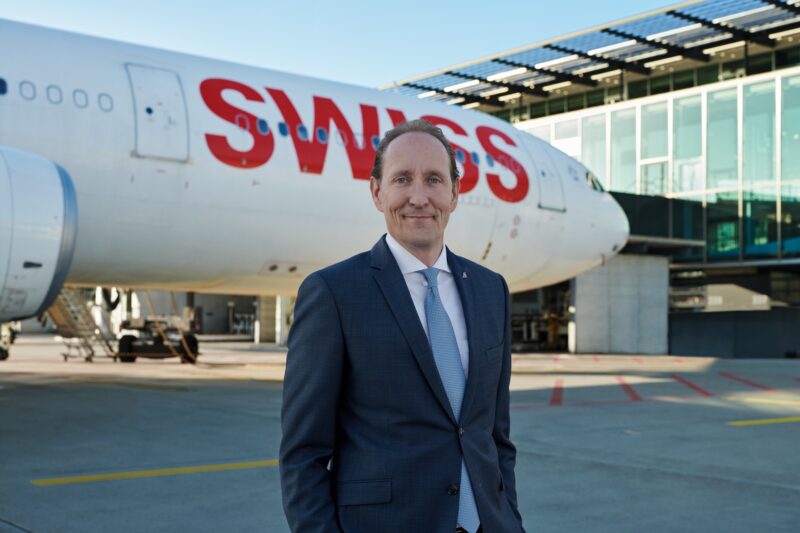
New Cabin
Starting from 2025, SWISS will roll out new cabins for First, Business and Economy Class. “We start first with the A330 fleet, then the new A350 will arrive already with the new product, followed by the Boeing 777-300ER fleet. The entire long-haul fleet will have First Class. The retrofit should be completed by the end of 2027. We know it is an ambitious time frame.”
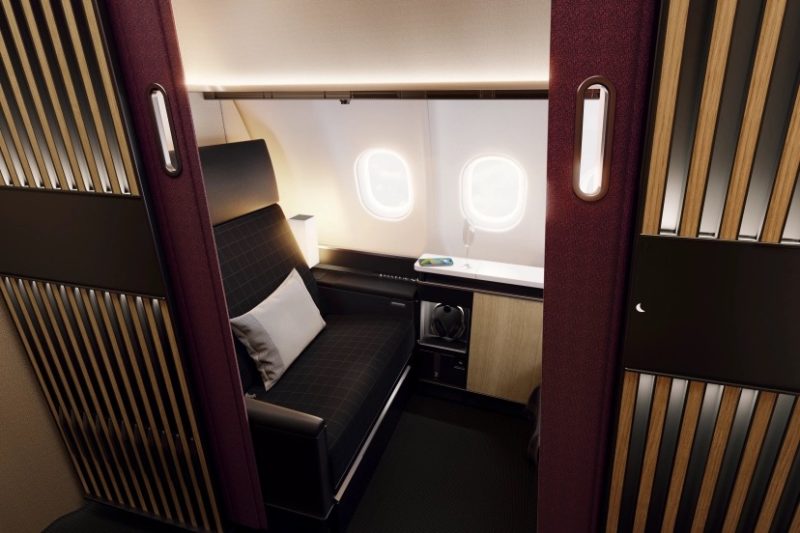
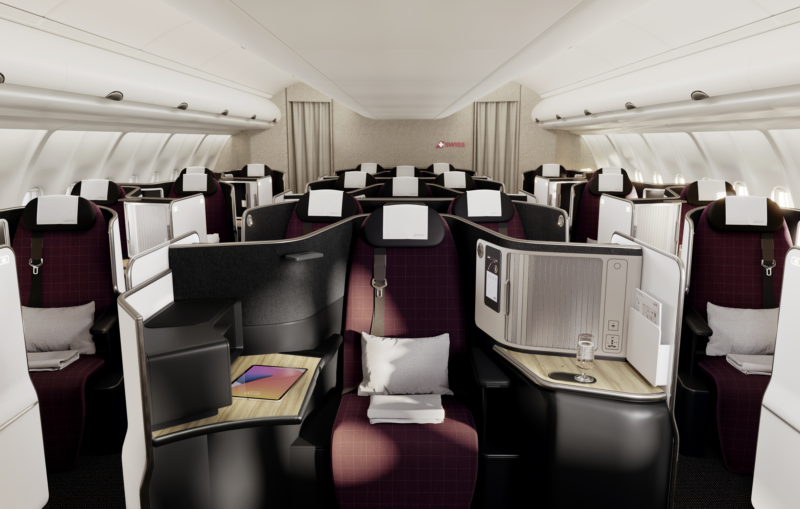
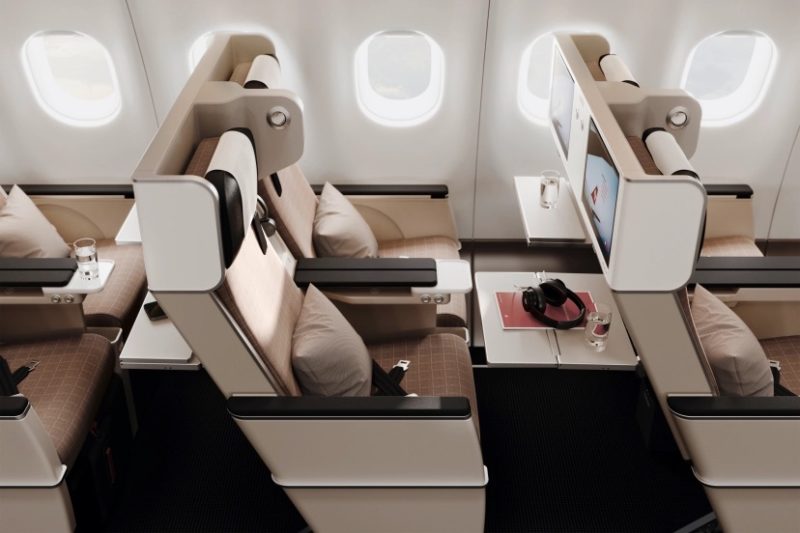
SWISS will begin in the near term with the A350 Entry-Into-Service (EIS) process. “First step will be EIS for the A350. Secondly building up the A350 fleet, because one day we have to replace the A330 as well, and the next step would be, what we do with the 777“, the CEO said.
Vranckx describes also the A350-1000 as a very nice aircraft, but for the short term, it is not a topic.
“We are successful with the Boeing 777-300ER, that (A350-1000) would be a long-term replacement. The decision for the current A350-900 is a short, medium and a long term decision, then you can think to the A350-1000“,
SWISS CEO Dieter Vranckx
Besides the five ordered A350-900 for delivery from 2025, the carrier has a total of 25 Airbus from the A320neo family aircraft on order for delivery between 2016 and 2026. Eleven A320neo and six A321neo are still up for delivery.
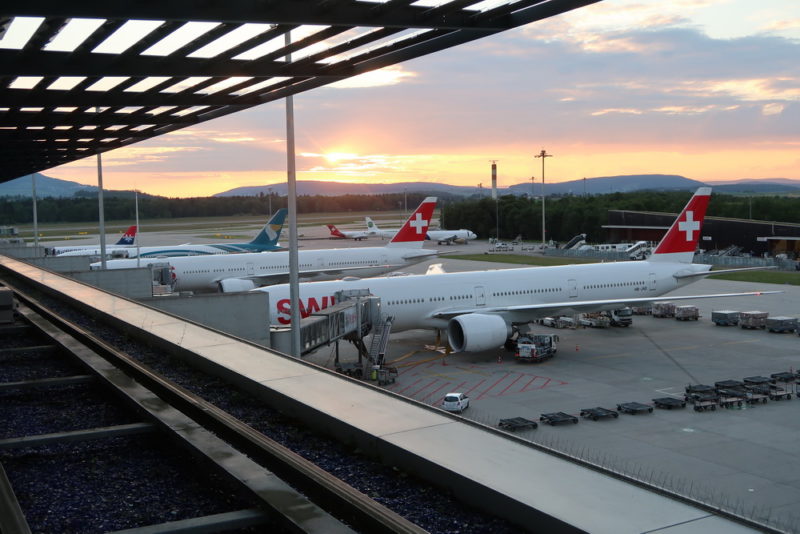
NO A321XLR
Vranckx explains, that also the A321XLR is a topic that SWISS considers regularly from time to time, but for now, it does not fit into the carrier's plan.
“We want to be in the premium segment. And a long-haul aircraft differs from an is different as an A321XLR. Of course, you can use operate the aircraft in a flexible way, but from the product and customer (perspective) we prefer using wide-body aircraft“.
SWISS CEO Dieter Vranckx
Looking again forward to the coming summer, Vranckx said it is important to have operational reliability. “It’s great when there’s high demand, but if you don’t take advantage of it, you get nothing,” he said. Vranckx expects Air Traffic Control (ATC) problems will come earlier before summer. “We are surrounded by France, Germany and Italy, which are three hotspots in terms of ATC. We expect a challenging environment.”
As the entire aviation system is under pressure, stability is the highest priority in 2023. “Besides the wet-leases, we also have to adjust the schedules to be able to avoid external factors to reconfirm our reliability of 99%,” Vranckx said. “It is important to get into the summer well prepared, to secure our Zurich and Geneva hubs for operational performance“.
No New Destinations in 2023
“We are looking for new destinations in the medium term. Not in the short term, as our priority is currently to increase the stability of our network planning. It is on this basis, that we can at a later date think about expanding our network. because we want to have stability, which includes network planning to stabilize and to build up what we have“, Vranckx explained.
SWISS´s hub and spoke system in Zurich plans to operate at 85 percent capacity in 2023 in comparison with the pre-corona year 2019, not at the same level currently as before COVID and needs to rebuild capacity. Where possible, SWISS is building up capacity. For example Asia, with the resumption of passenger services to Shanghai beginning of March and the increase of frequencies as the region increasingly opens up with the return of flights to Hong Kong, and Singapore as well to Shanghai.
SWISS will grow in 2023 with 1,000 new flight attendants and 750 additional employees on the ground.


